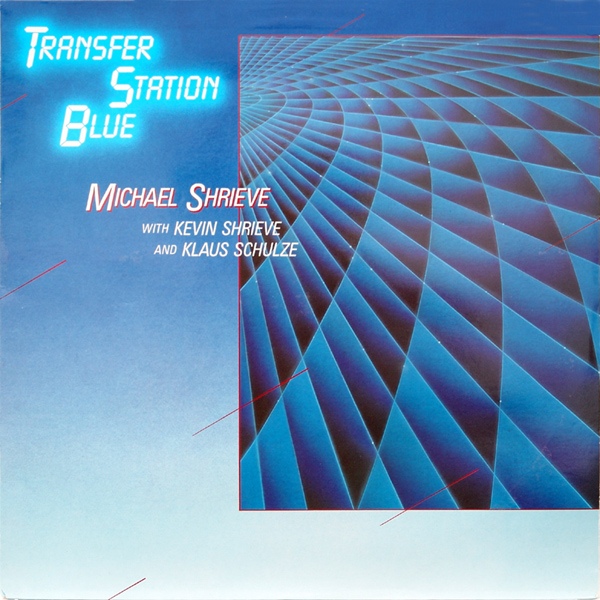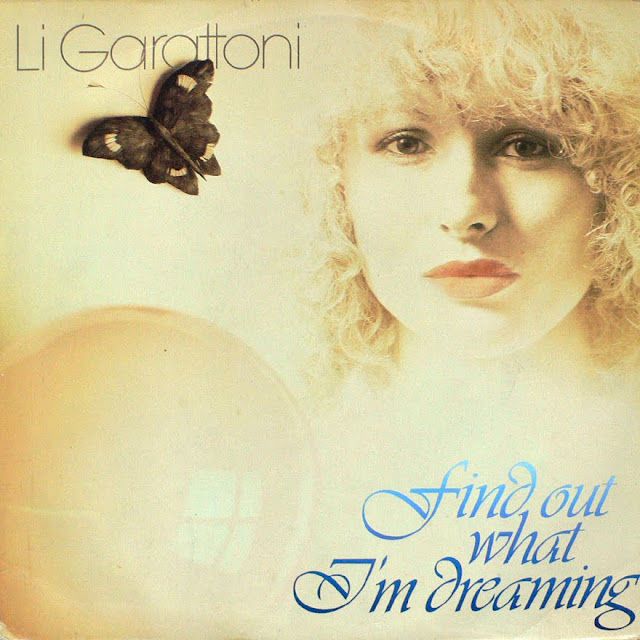
Classic. Michael Shrieve is a drummer who was one of the founding members of the original Santana band and is featured on their first eight records. I haven’t spent enough time with his other work to have a sense for it, but Klaus Schulze feels like the dominant force behind Transfer Station Blue–it sounds squarely like guitary Berlin school, using Shrieve’s insistent percussion as a vessel with which to drive Schulze’s pulsing, icy synth work (as well as guitar from Kevin Shrieve, who may or may not be Michael’s brother). The two long tracks (“Communique – ‘Approach Spiral'” and the title track) are the centerpieces, both using long, tense build-ups and ominous arpeggiations to propel to a particularly anthemic release on the title track. The two shorter tracks, “Nucleotide” and “View From the Window,” explore more kosmische and new age territory, though they’re still plenty sinister. Good for fans of Double Fantasy (guys, that record is so good, go listen to it), or of anything slick and shivery and German.








